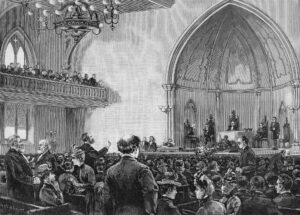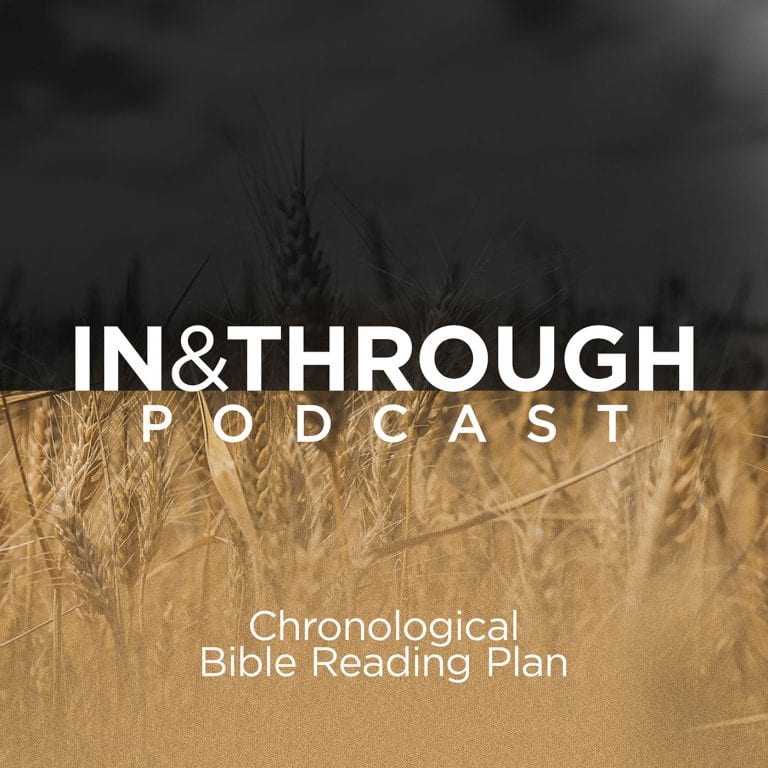I love the Bible and my love of the Bible has grown into a love for Bibles. I love to compare the choices made by various translation committees, I love the bindings and paper and artistic embellishments, and I love the variety of footnotes, study notes, and reflections that accompany the biblical text. To be clear, I am not a hoarder of Bibles. I try to buy what I need and to use all that I have.
Last Christmas my wife gave me a Reader’s Bible. This is essentially a Bible without chapter and verse divisions. At the time, I was excited for the novelty of reading the Bible in its original format. After having spent a year in this Bible, I have come to see that this simple formatting change is anything but a novelty. Here are four reasons why I am a better Bible reader for reading this Bible.
A greater appreciation for narrative context
In the Reader’s Bible, I get a better feel for the narratives of Scripture. These narratives are stories and should be read as stories. I never realized how the chapter/verse markers made for such an unnatural reading experience. Books like Genesis, Exodus, the histories, Job, and the Gospels all take on a new life. Without the numbering of each chapter and verse, the stories being told flow as stories should. One scene leads seamlessly into the next until the story is told.
A more reliable exposition
Romans twelve begins with Paul urging his readers to submit themselves to God’s transformational work. It is possible that, in my twenty-plus years of teaching the Word, I have referenced these two verses more than any other passage of Scripture. While reading through Romans in my Reader’s Bible, I was struck by the now obvious fact that chapter twelve begins with the conjunction “therefore”. Paul ends chapter eleven with a beautiful doxology on the sovereign glory of an all-mighty God. Here, the chapter divisions sever a wonderful Gospel presentation into two parts. Paul is telling his readers that the Lord is a mighty and immutable God. It is in light of this truth, we cease our rebellion and turn from our ways and experience what his will is. Whereas my first point suggests that the utility of chapter verse divisions can interrupt form, it should also be noted that this utility can interrupt theology. Chapter/verse divisions are handy for finding passages within their context. The downside is that we have become all too comfortable allowing these reference tools to extract truths within Scripture from their divinely appointed context.
A more receptive reading
I have a bad tendency of only reading the Bible with my work-gloves on. I sit down to take in the words of my God and I am invariably pulled by the desire to teach, preach or tweet what God is showing me. This is not necessarily a bad thing, but I have to remember that I am first a recipient of God’s revelation and secondly a proclaimer of its worth.
This wasn’t a truth that I understood well until I started reading the Reader’s Bible. As I came to a passage that spoke to me, I felt the urge to find the chapter and verse assigned to it so that I could be sure to include it in my next lesson, sermon, or article. This Bible has taught me to read more like a Mary than a Martha. I have learned to discipline myself and be still in the Word. I have learned to read with the understanding that this message is for me and that the work I do in the Word needs to wait for its appropriate place and time.
A better pace of reading
With this Bible, I am not only getting a better understanding of God’s Word. I am taking more of it in. I am by no means an efficient or speedy reader. One thing I love about the Reader’s Bibles is that my reading is far less distracted. In a standard Bible format, I find myself constantly gauging how much I have read and how much I have left to read. I feel an unnatural need to quit reading after I have finished each chapter. In the Reader’s Bible format, I can better see that many of the Old Testament books of prophesy and the overwhelming majority of the New Testament books are only as long as a chapter in other books. So, that is how I read them. Not only do I find myself reading whole books of the Bible in one sitting, I would estimate that I am reading as much as twenty-five percent faster.
The Reader’s Bible is new to me, but there is no reason to consider this format new. It wasn’t until the thirteenth century that the Archbishop Stephen Langton would do us all the great favor of dividing the text of Scripture for faster, simpler reference. I am not suggesting that the Reader’s Bible format is superior, nor am I suggesting this should replace your Bible of modern format. However, I will tell you that there is something to be said for adding one of these to your armory. May God bless the reading of his word.





















